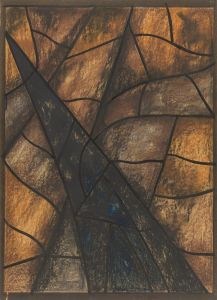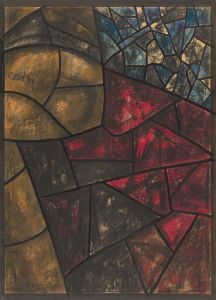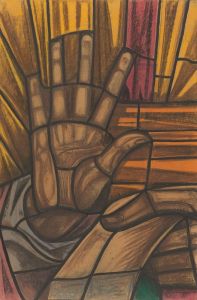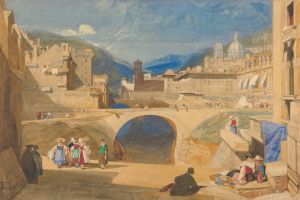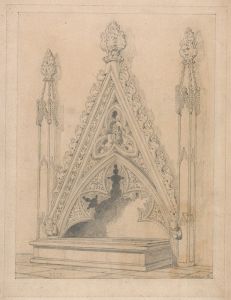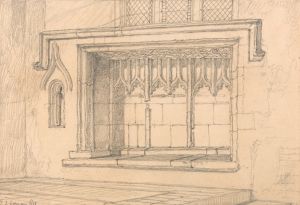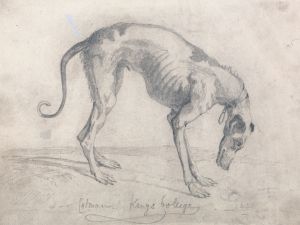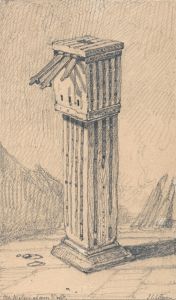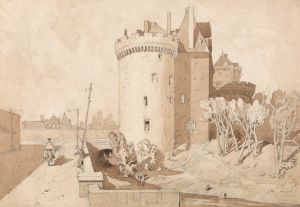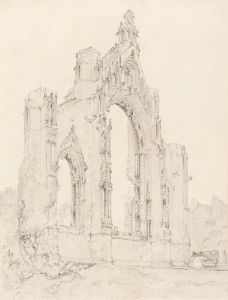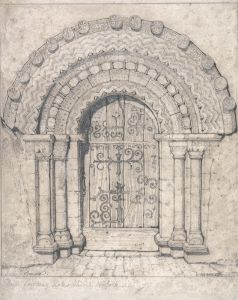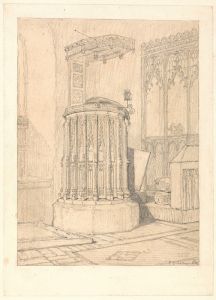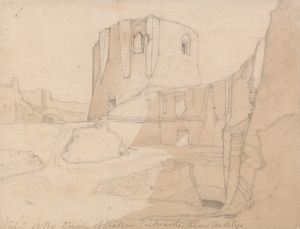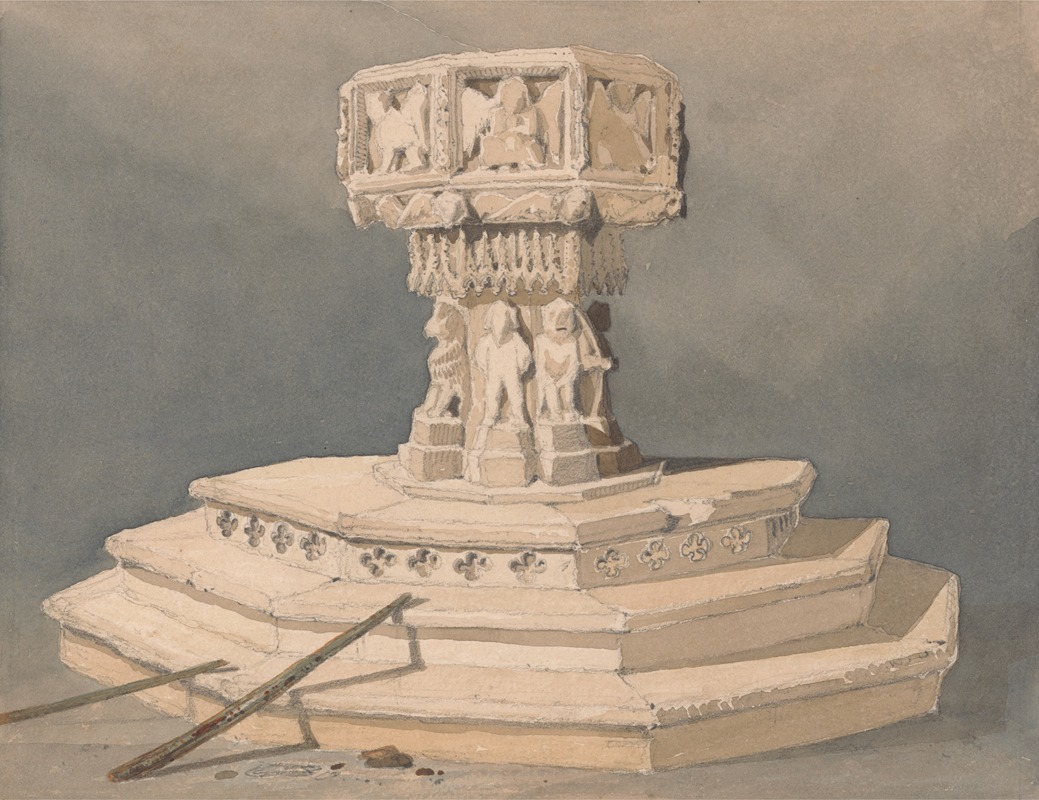
Font at Happisburgh Church, Norfolk
A hand-painted replica of John Sell Cotman’s masterpiece Font at Happisburgh Church, Norfolk, meticulously crafted by professional artists to capture the true essence of the original. Each piece is created with museum-quality canvas and rare mineral pigments, carefully painted by experienced artists with delicate brushstrokes and rich, layered colors to perfectly recreate the texture of the original artwork. Unlike machine-printed reproductions, this hand-painted version brings the painting to life, infused with the artist’s emotions and skill in every stroke. Whether for personal collection or home decoration, it instantly elevates the artistic atmosphere of any space.
John Sell Cotman was a prominent English artist and a leading member of the Norwich School of painters, known for his contributions to landscape painting and watercolor art. One of his notable works is "Font at Happisburgh Church, Norfolk," which exemplifies his skill in capturing architectural details and his keen interest in ecclesiastical subjects.
The painting "Font at Happisburgh Church, Norfolk" is a watercolor that depicts the intricately carved baptismal font located in the parish church of St. Mary in Happisburgh, a village on the Norfolk coast. This church is renowned for its medieval architecture and historical significance, making it a fitting subject for Cotman's artistic exploration. The font itself is a significant piece of religious art, often used in Christian ceremonies for baptisms, and it is typically a focal point within the church's interior.
Cotman's work is characterized by his precise attention to detail and his ability to render the textures and forms of stonework with remarkable clarity. In this particular painting, Cotman captures the ornate carvings and the Gothic style of the font, showcasing his adeptness at portraying architectural elements. His use of watercolor allows for a delicate interplay of light and shadow, bringing out the depth and dimensionality of the stone carvings.
The Norwich School, to which Cotman belonged, was a group of artists based in Norwich, England, during the early 19th century. They were known for their naturalistic approach to landscape painting, often drawing inspiration from the local scenery of Norfolk and its surroundings. Cotman, however, was also deeply interested in architectural subjects, and his works often reflect a blend of landscape and architectural elements.
Cotman's interest in ecclesiastical architecture is evident in several of his works, and "Font at Happisburgh Church, Norfolk" is a testament to his fascination with the historical and artistic significance of church interiors. His ability to capture the essence of such subjects has contributed to his reputation as one of the leading figures in the Norwich School and an important figure in the history of English art.
The painting not only highlights Cotman's technical skill but also serves as a historical document, preserving the appearance of the font and the church interior as they existed in the early 19th century. This aspect of his work provides valuable insights into the architectural heritage of the period and the artistic trends of the time.
Overall, "Font at Happisburgh Church, Norfolk" is a fine example of John Sell Cotman's work, reflecting his mastery of watercolor and his deep appreciation for architectural beauty. Through this painting, Cotman has left a lasting impression on the art world, capturing a moment in time with precision and artistic sensitivity.





